- 23 August 2024
- 494
The Role of AI in Enhancing Visual Effects in Movies
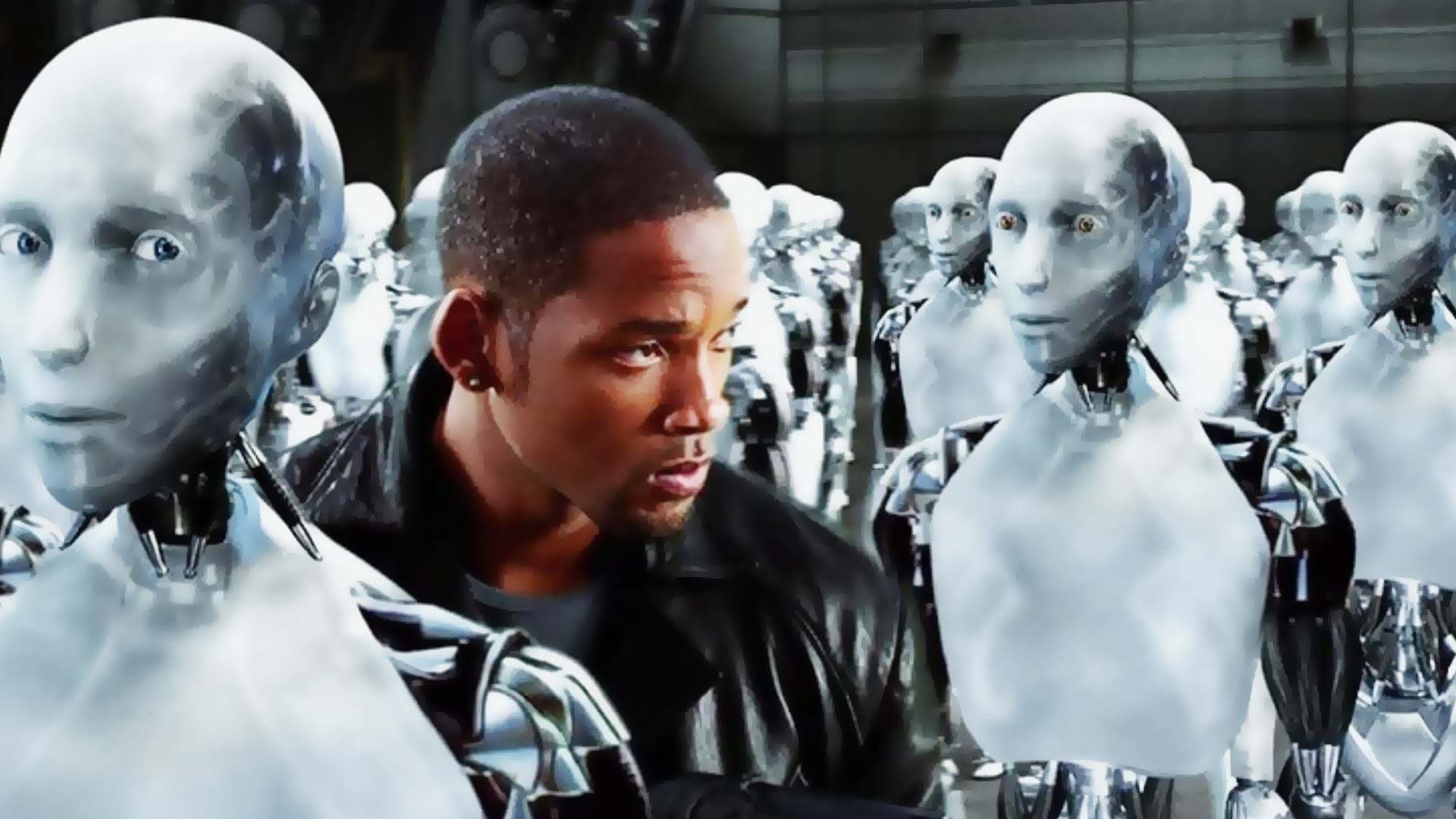
Introduction
In recent years, Artificial Intelligence (AI) has revolutionized numerous industries, and the film industry is no exception. One of the most significant impacts of AI in this realm is its role in enhancing visual effects (VFX) in movies. This article aims to provide an in-depth look at how AI is transforming visual effects, the technologies involved, and the implications for the future of filmmaking.
Visual Effects in Movies
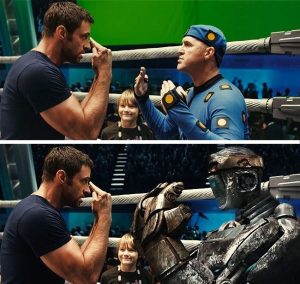
Visual effects have been an integral part of the filmmaking process for decades. From the early days of cinema, filmmakers have sought to create scenes that would be impossible or impractical to film in real life. Traditional techniques, such as practical effects, miniatures, and matte paintings, have evolved into the sophisticated digital effects we see today. With the advent of computer-generated imagery (CGI), filmmakers have been able to push the boundaries of what is visually possible.
The Advent of AI in Visual Effects
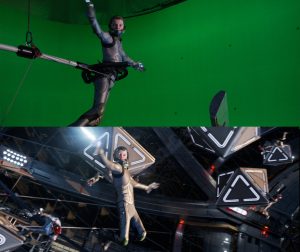
Artificial Intelligence, with its ability to analyze and generate complex data, has opened new avenues for visual effects. AI algorithms can automate time-consuming tasks, enhance the quality of effects, and even create entirely new visual experiences. The integration of AI in VFX has led to more efficient workflows, reduced costs, and improved realism in movies.
Key Technologies in AI-Driven Visual Effects
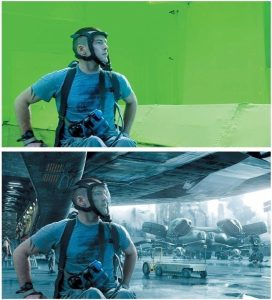
Several AI technologies are at the forefront of transforming visual effects in movies. These include:
-
Machine Learning
Machine learning algorithms can analyze vast amounts of data to recognize patterns and make predictions. In the context of VFX, machine learning can be used to automate tasks such as rotoscoping, where objects are isolated from their backgrounds. This can save countless hours of manual labor and improve accuracy.
-
Neural Networks
Neural networks, particularly deep learning models, have shown remarkable capabilities in generating realistic images and animations. These models can be trained to understand the nuances of lighting, texture, and motion, enabling them to create lifelike visual effects.
-
Generative Adversarial Networks (GANs)
GANs consist of two neural networks, a generator and a discriminator, that work together to create realistic images. The generator creates images, while the discriminator evaluates them for authenticity. This process continues until the generated images are indistinguishable from real ones. GANs have been used to create realistic de-aging effects, generate virtual environments, and even create digital doubles of actors.
-
Computer Vision
Computer vision technology enables machines to interpret and understand visual information. In VFX, computer vision can be used for tasks such as motion capture, object tracking, and scene reconstruction. This allows for more accurate and realistic integration of digital elements into live-action footage.
Applications of AI in Visual Effects
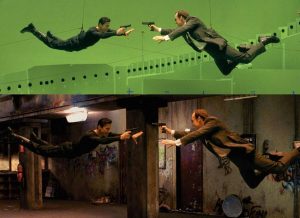
The integration of AI in visual effects has led to several groundbreaking applications in the film industry. Some of the most notable include:
-
De-Aging and Digital Doubles
One of the most impressive applications of AI in VFX is the creation of de-aged versions of actors and digital doubles. By analyzing footage of actors at different ages, AI algorithms can generate realistic de-aged versions, allowing actors to portray younger versions of themselves. Similarly, digital doubles can be created to perform stunts or appear in scenes where the real actor is unavailable.
-
Realistic Environments
AI can be used to generate realistic virtual environments, from bustling cityscapes to alien worlds. By analyzing real-world data, AI algorithms can create detailed and lifelike environments that blend seamlessly with live-action footage. This not only enhances the visual quality of movies but also allows filmmakers to create scenes that would be impossible to film in real life.
-
Enhanced Animation
AI-driven animation techniques can create more realistic and expressive character animations. By analyzing motion capture data and understanding the principles of human movement, AI algorithms can generate lifelike animations that capture the subtle nuances of performance. This leads to more believable and emotionally engaging characters.
-
Automated Rotoscoping and Compositing
Rotoscoping and compositing are essential tasks in the VFX pipeline, but they can be time-consuming and labor intensive. AI algorithms can automate these processes, accurately isolating objects from their backgrounds and seamlessly integrating digital elements into live-action footage. This not only speeds up the workflow but also reduces the potential for human error.
The Future of AI in Visual Effects
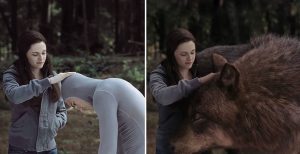
The role of AI in enhancing visual effects is still in its early stages, but the potential for future advancements is immense. As AI technology continues to evolve, we can expect even more sophisticated and realistic visual effects in movies. Some potential future developments include:
-
Real-Time VFX
AI-driven VFX could enable real-time rendering of visual effects, allowing filmmakers to see the final look of a scene as they are shooting it. This would streamline the filmmaking process and allow for more creative experimentation on set.
-
Personalized Visual Experiences
AI could enable personalized visual experiences for viewers, tailoring the visual effects to individual preferences. This could lead to a more immersive and engaging viewing experience.
-
AI-Generated Content
In the future, AI could be used to generate entire scenes or even entire movies. By analyzing existing films and understanding the principles of storytelling, AI algorithms could create original content that is indistinguishable from human-created films.
Conclusion
The role of AI in enhancing visual effects in movies is a testament to the transformative power of technology. By automating labor intensive tasks, improving the quality of effects, and enabling new creative possibilities, AI is revolutionizing the way visual effects are created and experienced. As AI technology continues to advance, we can look forward to even more groundbreaking developments in the world of visual effects, pushing the boundaries of what is possible in filmmaking.

